This column, in rosso antico marble, is a typical example of Grand Tour souvenirs, made in different types of marble and sizes, from the different Roman workshops, which reused the ancient marbles of which the city had in abundance, These objects were highly appreciated by travelers on the grand tour between the 18th and 19th centuries. It represents the last intervention of an emperor in the Roman Forum. In fact, it was erected by the emperor Phocas in 608. The column itself is a clear example of reuse, in fact it dates back to the end of the first century or perhaps the beginning of the second century AD. The capital is also older, being from the era of Trajan.
The staircase, still visible in the 19th century, was however removed during subsequent excavations.
Originally, the column supported a statue of Diocletian which was replaced by that of the emperor Phocas, who died in tragic circumstances. Perhaps he wanted to recall, through the Exarch of Ravenna Smaragdo, to whom the monument is dedicated, the gift of the Pantheon to Pope Boniface IV, however this is uncertain.
This column, in rosso antico marble, is a typical example of souvenirs from the Grand Tour, made in different types of marble and sizes, from the various Roman workshops, which reused the ancient marbles of which the city had in abundance, such objects were much appreciated by travelers on the grand tour between the eighteenth and the 19th century. It represents the last intervention of an emperor in the Roman Forum. In fact, it was erected by Emperor Phocas in 608. The column itself is a clear example of reusing, in fact it dates back to the end of the first century or perhaps the beginning of the second century AD. The capital is also older, being from the Trajan era.
The staircase still visible in the 19th century, was however removed in the course of subsequent excavations.
Originally the column supported a statue of Diocletian which was later replaced by that of the emperor Phocas, who died in tragic circumstances. Perhaps he wanted to recall, through the exarch of Ravenna Smaragdo, to whom the monument is dedicated, the donation of the Pantheon to Pope Boniface IV, however this is uncertain.


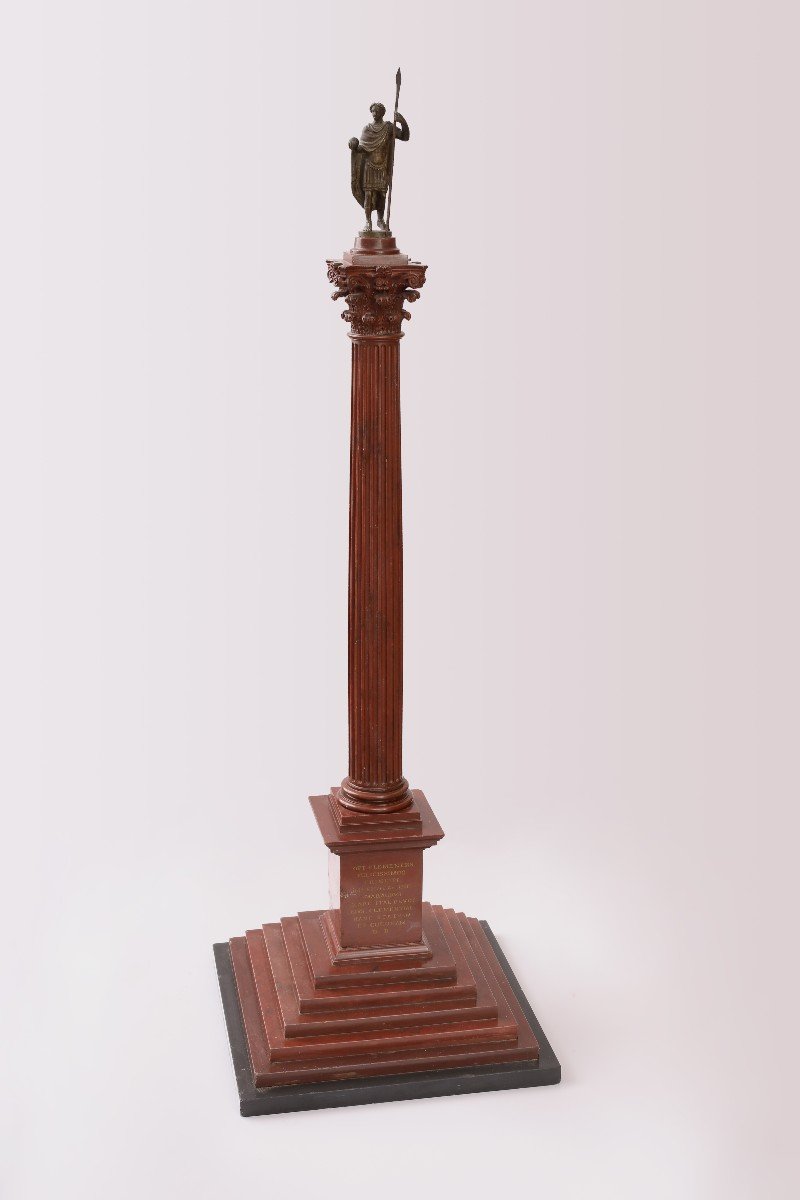



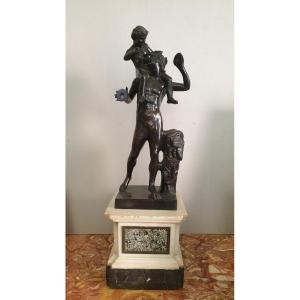




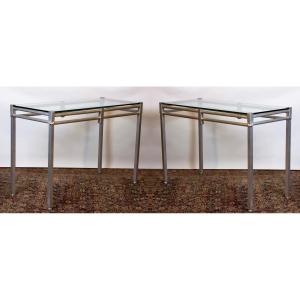


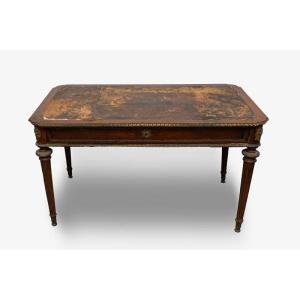

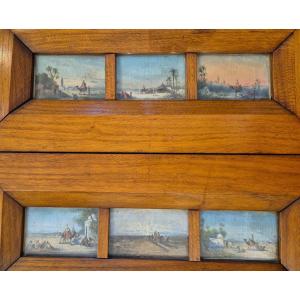



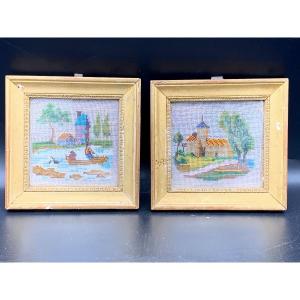

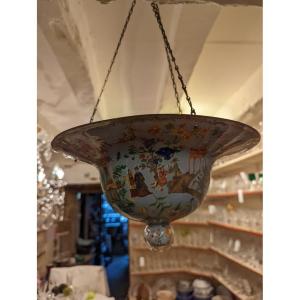

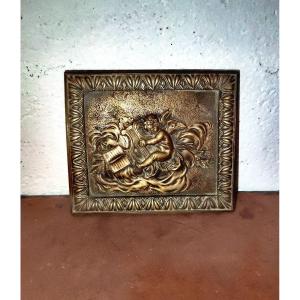



 Le Magazine de PROANTIC
Le Magazine de PROANTIC TRÉSORS Magazine
TRÉSORS Magazine Rivista Artiquariato
Rivista Artiquariato